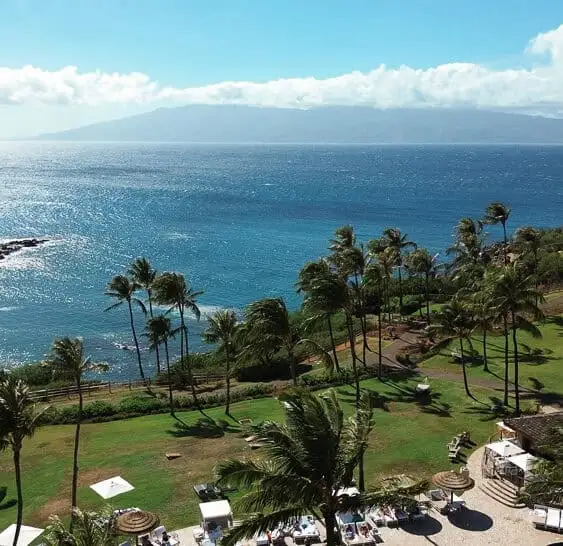Paris may be known as the City of Love (or officially, lights), but France’s romantic capital city doesn’t capture the heart of every tourist who visits. While many love the city, others feel as though it’s overpriced, dirty, and lacking hospitality.
Regardless of how you may feel about the city, there’s no denying that Paris is crowded. Luckily, France has dozens of charming villages, towns, and cities across the country that offer storybook-like travel experiences while flying under the radar for a far more relaxing vacation.
These are the underrated cities in France you should know about:
1. Albi
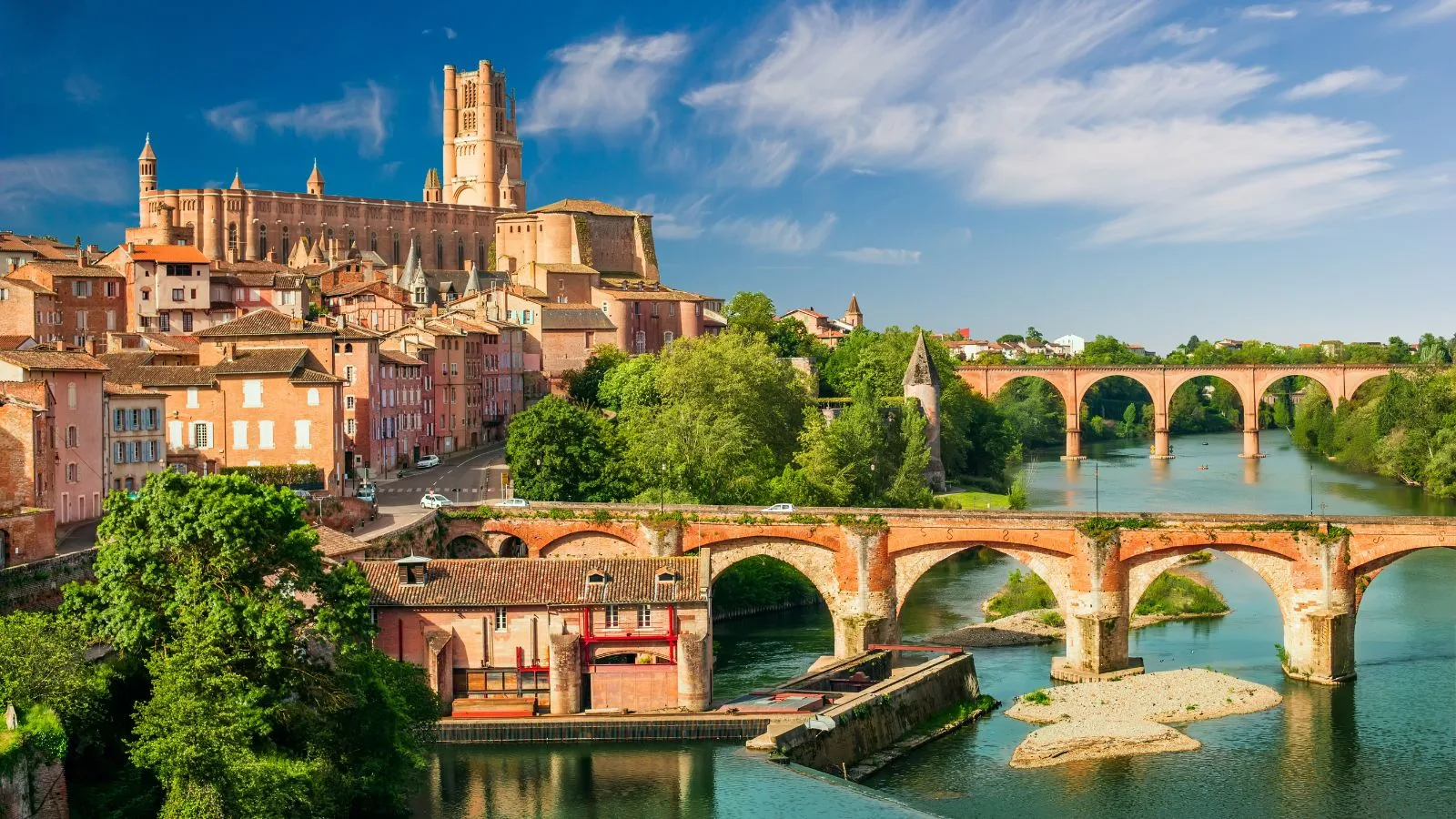
Medieval Albi is most recognized for the Sainte-Cécile Cathedral, the largest brick cathedral in the world. Step into this red Gothic cathedral to find large frescoes like the “Last Judgment.”
After a leisurely stroll down the Tarn River and through the streets of the Old Town, head into the Toulouse-Lautrec Museum to view work by the notable painter, who was born in Albi.
2. Annecy
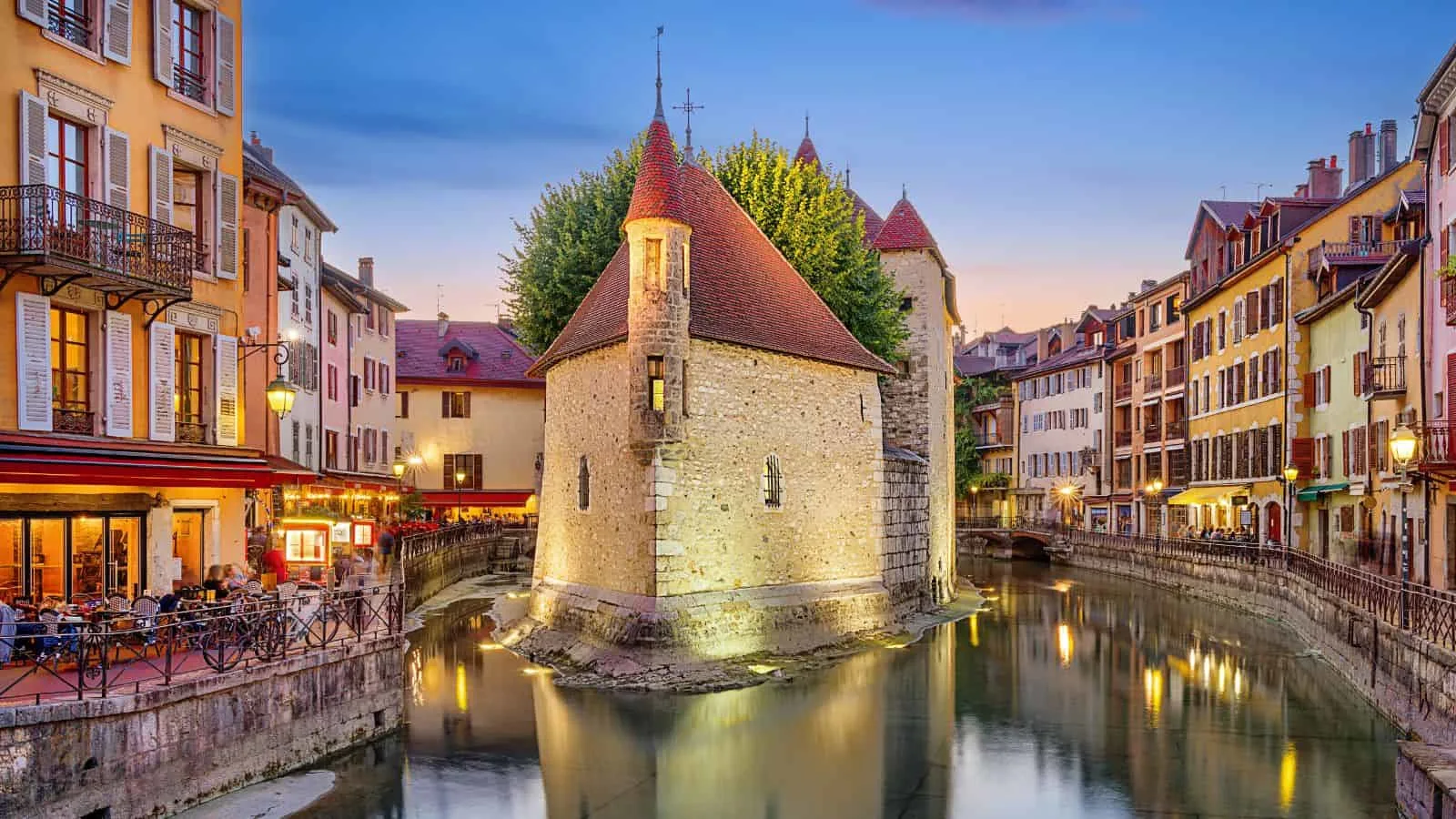
Known as the “Venice of the Alps,” pastel Annecy boasts classic European charm in its city center, made even more beautiful by the canals that run through it and the surrounding mountains.
Balance both nature and history during your visit to Annecy. Start in the Thiou Canal at the Le Palais de I’Île, a castle and prison. Later, rent a boat or go paddleboarding on Lake Annecy or get into the mountains on one of the many hikes in the region.
3. Metz
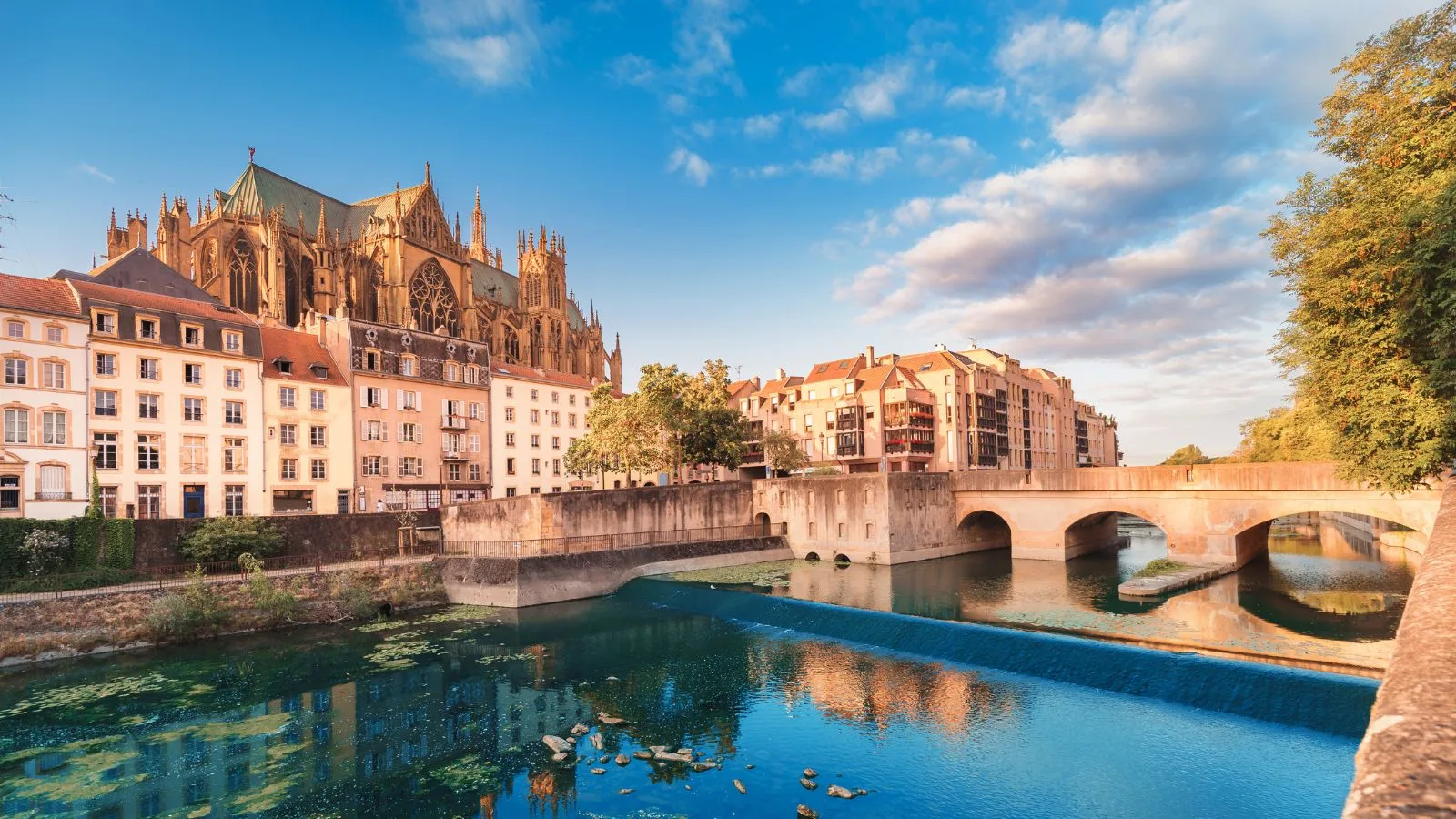
Germany, Belgium, Luxembourg, and Switzerland border the Grand Est region in France, known for its quaint villages and fantastic wines. Here, you’ll find Metz, a picturesque city with ornate Gothic architecture and leafy greenery splashed across the city, like at the Esplanade Garden.
Admire the oversized stained glass windows of the Metz Cathedral, which cover 6,496 square meters and include works by Russian-French artist Marc Chagall. For contemporary art, visit the Centre Pompidou-Metz, whose organic architecture draws a sharp contrast to that of the city’s history.
4. Dinan
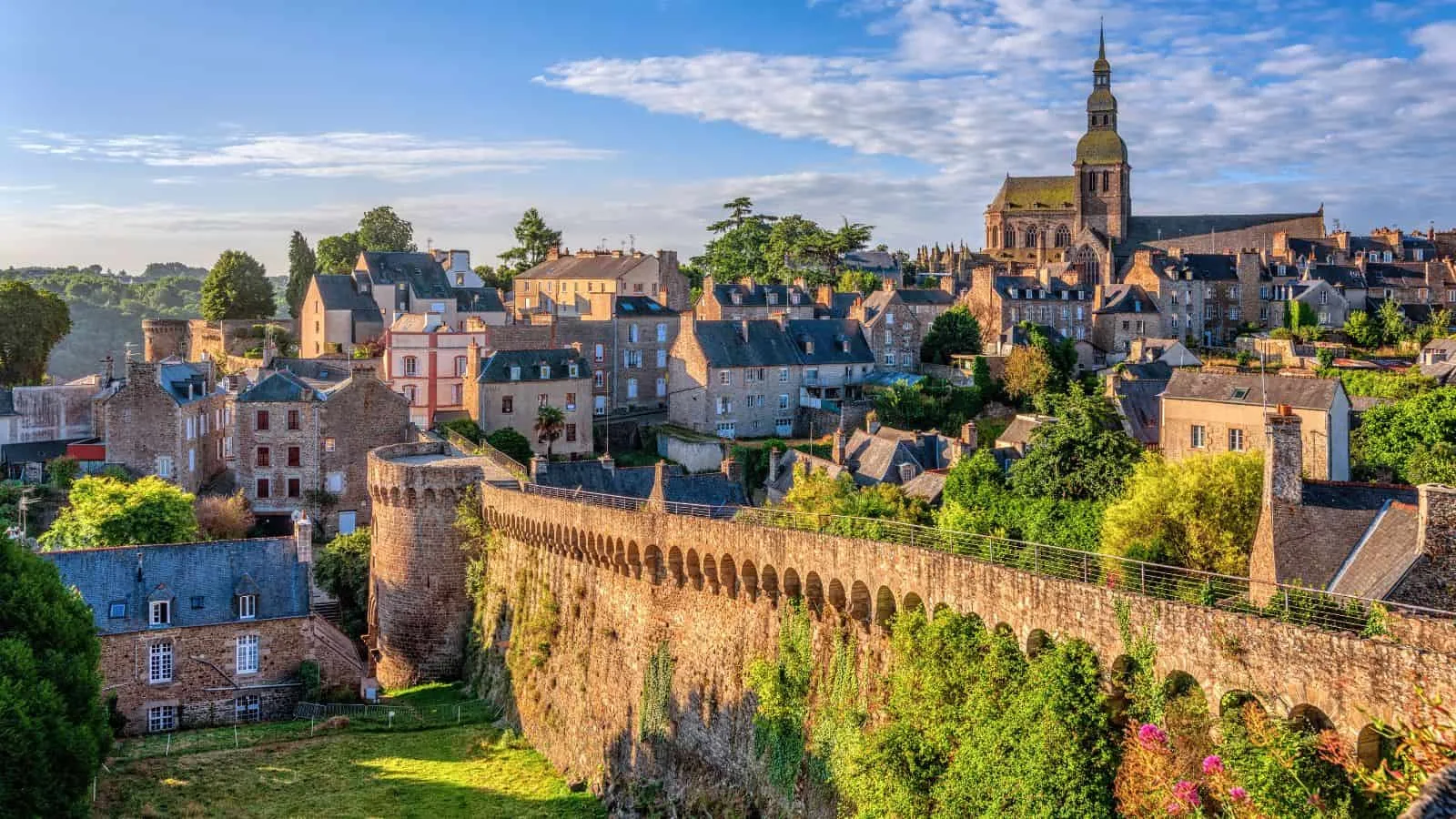
Cobblestone streets sprawl across Dinan, a town in Brittany with well-preserved medieval architecture, as made evident by the Château de Dinan and its ramparts.
A short walk from the castle is the Basilique Saint-Sauveur, a stately 11th-century church that combines Romanesque and Gothic architecture. At sunset, walk through the town’s half-timbered houses until you reach the Rance River.
5. Béziers
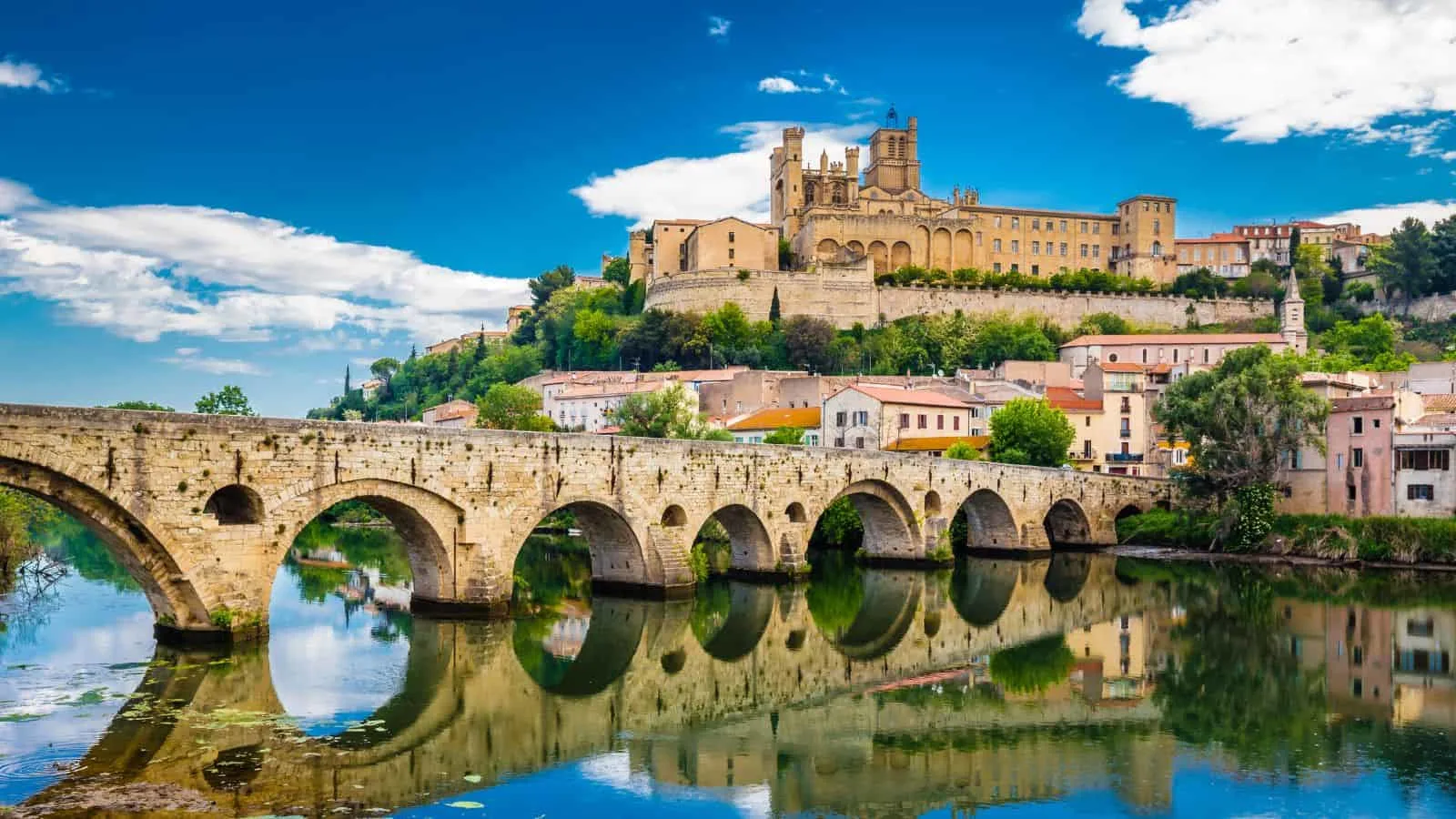
You may think that Catedral de Saint-Nazaire de Béziers is a fortress or castle with the way it sits atop Béziers with its grandiose presence. In reality, this 13th-century structure is a cathedral built atop the ruins of another that burned to the ground during the Albigensian Crusade.
Located in the South of France, Béziers is a far cry from busy Nice or Saint-Tropez, offering a more laidback way to explore the region. Walk through the Canal Canal du Midi, a UNESCO World Heritage Site, and Plateau des Poètes, a park filled with the busts of Occitan poets and a fountain by sculptor Injalbert. If you’re craving the beach, take a short drive to Vias Plage or Cap d’Agde.
6. Nîmes
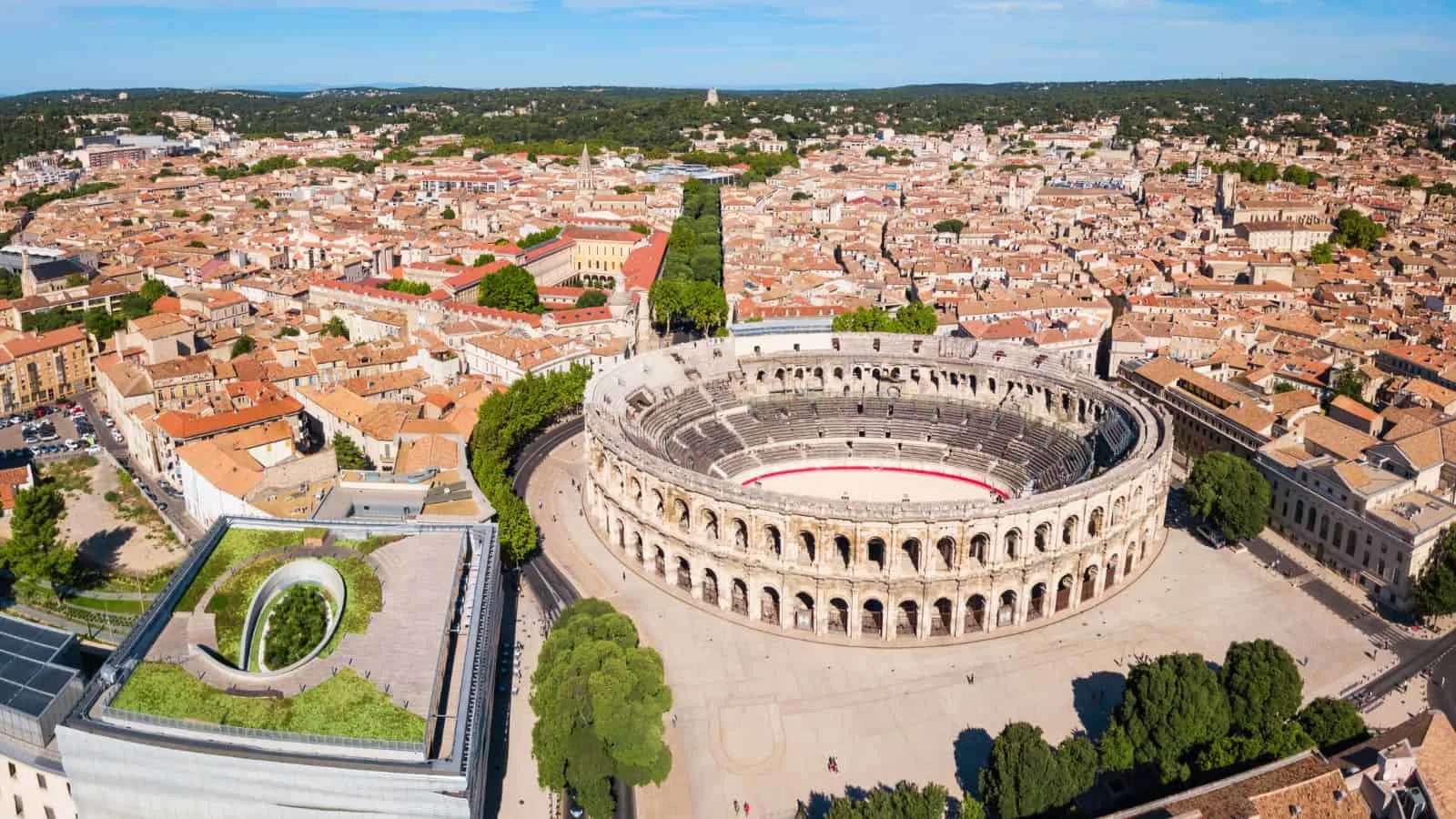
Built in 70 A.D., the Arena of Nîmes is the South of France’s counterpart to Rome’s Colosseum. The amphitheater is still in use today, frequently hosting bullfights and concerts. Roman architecture, like the arena, can be found across Nîmes, earning the city the nickname “French Rome,”
The Maison Carrée, opened in 2 A.D. is one of the best-preserved Roman temples in the world. After visiting, go to the Jardins de la Fontaine, a park that offers 15 hectares of Roman ruins, gardens, and sculptures.
7. Vézelay
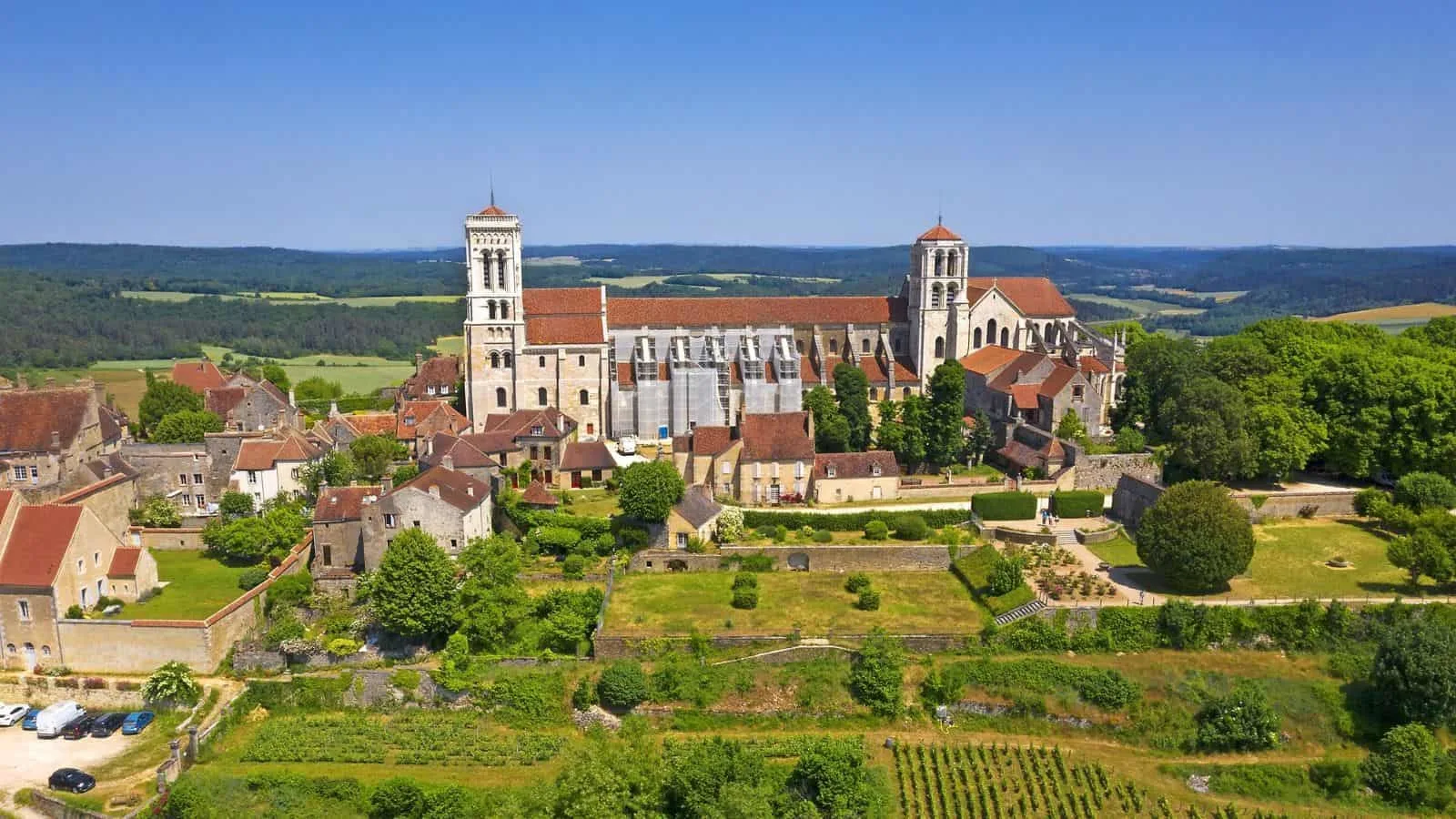
A hilltop village in Burgundy, Vézelay is famous for its Romanesque architecture and its connection to the pilgrimage route to Santiago de Compostela.
A UNESCO World Heritage Site and Benedictine and Cluniac monastery, the Basilica of Sainte-Marie-Madeleine is rumored to house the remains of Mary Magdalene. Outside of the abbey, explore the charming streets of the village and settle in for a glass of renowned local wine at Vézelay Wine Club by Julien Cohen.
8. Cluny
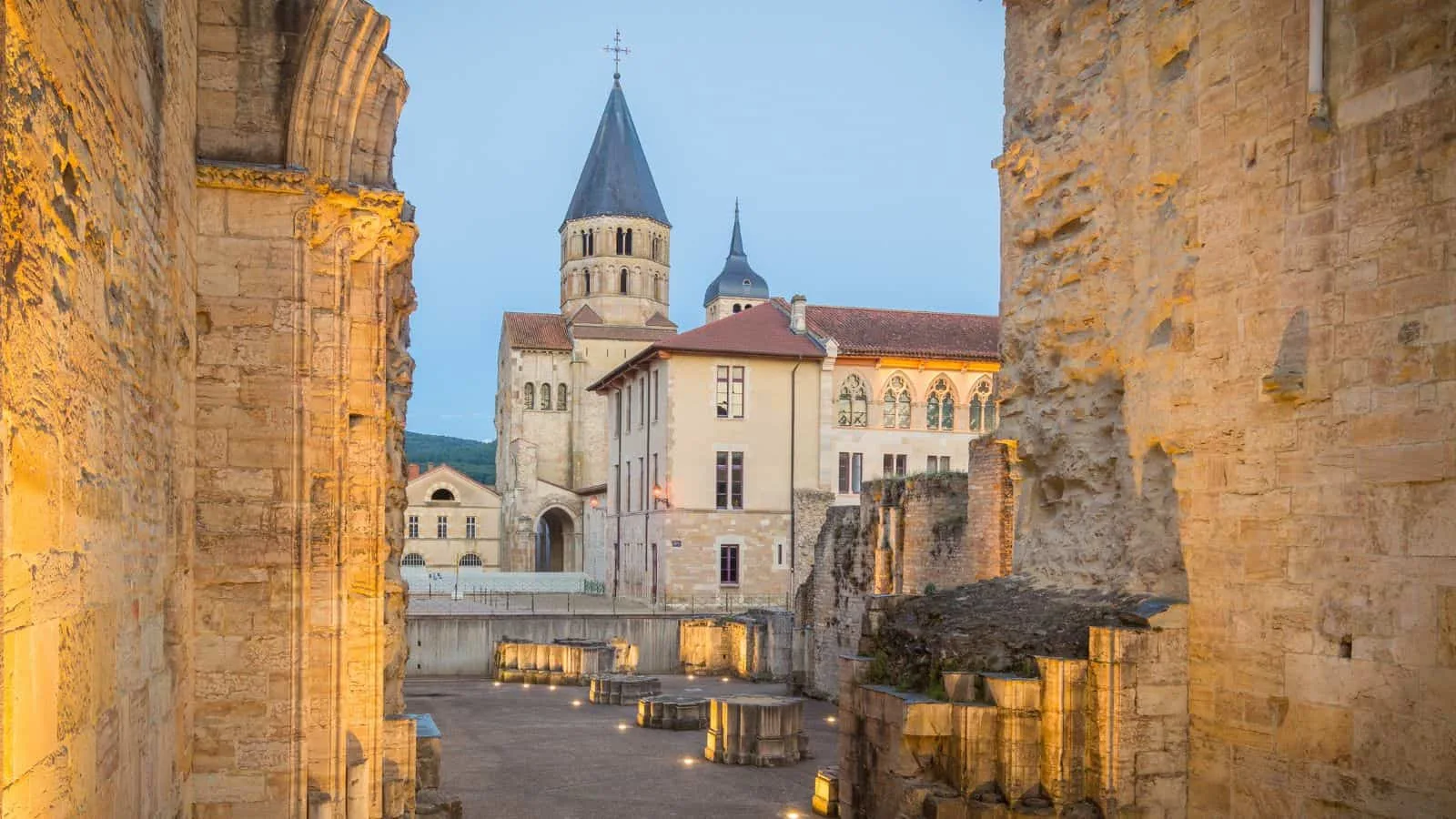
A small town with a rich monastic history, Cluny was once home to the largest church in Christendom before St. Peter’s Basilica in Rome. Constructed from the 4th to 12th centuries, the Abbey of Cluny still stands today and can be visited from 9:30 am to 5 pm for €11 per person.
Explore the Musée d’Art et d’Archéologie and walk through the historic town center. The nearby Cluny National Stud Farm is also worth a visit.
9. Colmar
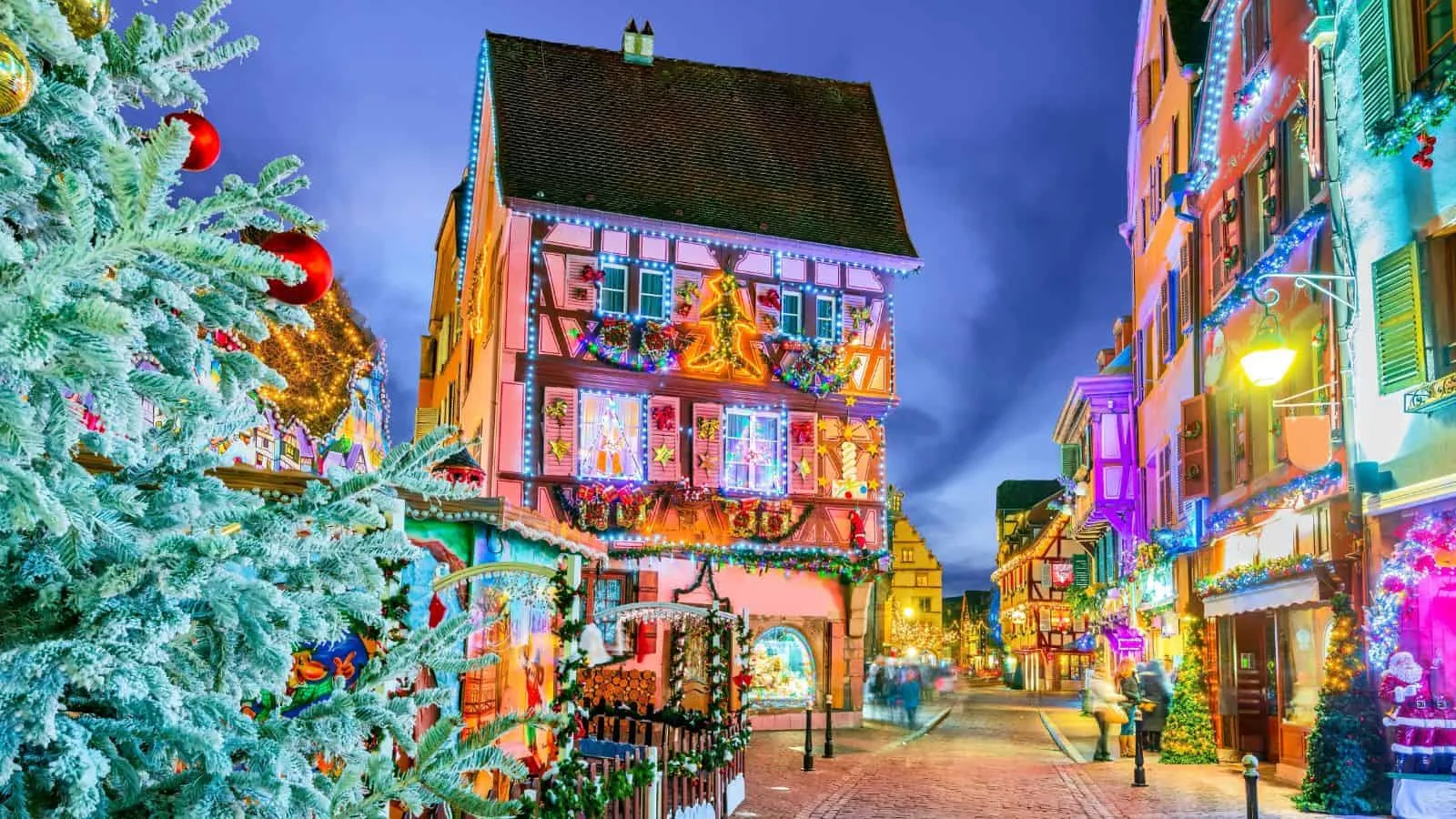
Colmar, located in the Alsace region, is a year-round fairytale with its dreamy pastel half-timbered houses, but this village becomes particularly special during the holidays when it transforms into one of Europe’s best Christmas destinations.
You’ll avoid crowds by avoiding the holidays in Colmar, but this town is so special that elbowing your way through the masses might just be worth it. Still, there’s plenty to do here year-round. Stroll through Little Venice and explore the Unterlinden Museum, home to the famous Isenheim Altarpiece. Visit the Maison des Têtes (House of Heads), a unique Renaissance building decorated with sculpted heads, then get outside of town to enjoy a wine tasting in the surrounding Alsace Wine Route.
10. Sarlat-la-Canéda
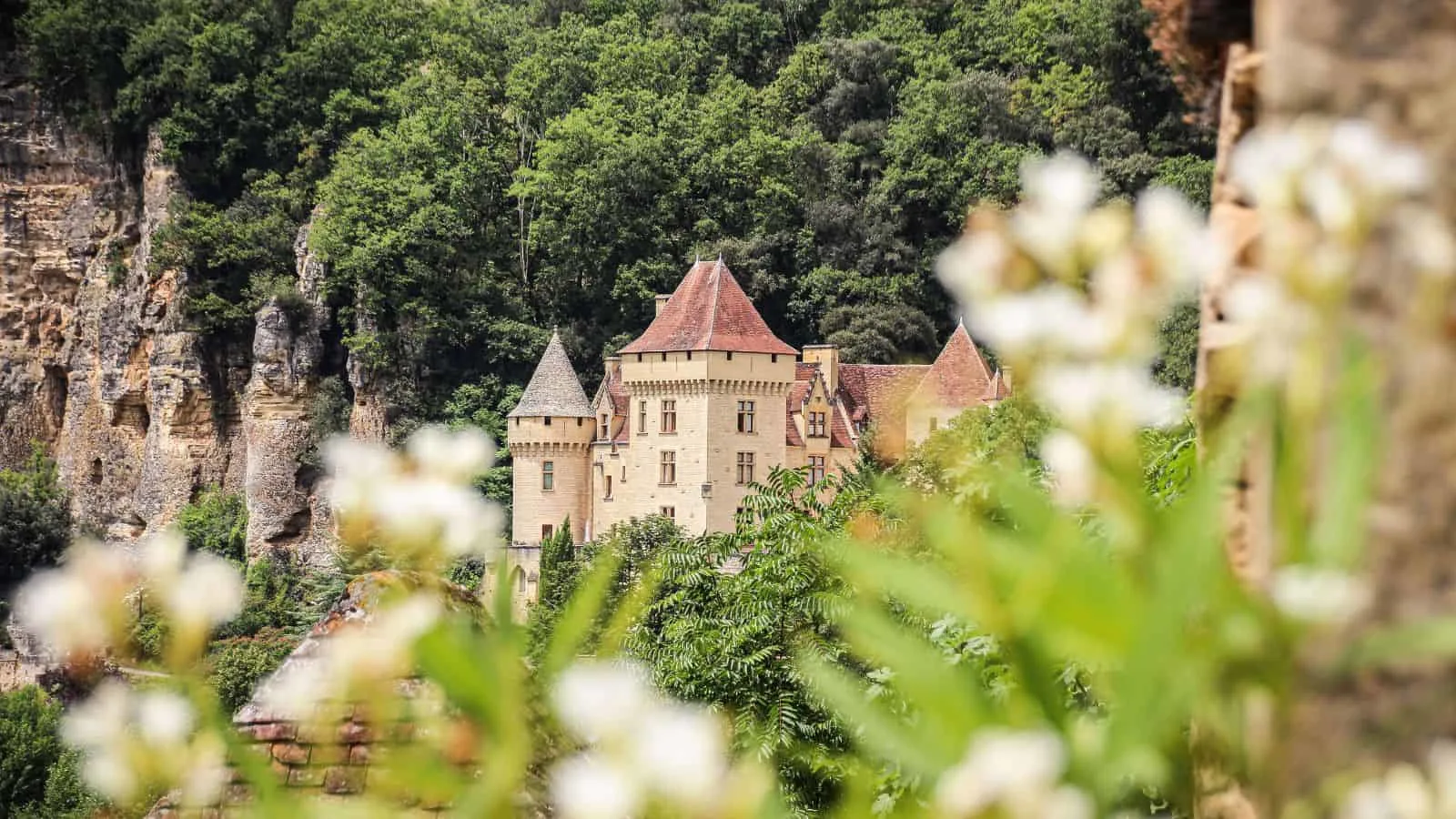
Dating back to medieval and renaissance times, contemporary progress seems to have passed straight over Sarlat-la-Canéda’s 14th-century Old Town. Located in the Dordogne region, wandering is the best way to explore this sleepy town.
When you’ve wrapped up walking the Château de Puymartin and the covered market around Église Ste-Marie, head to a restaurant to indulge in local delicacies like foie gras and truffles.
11. Rodez
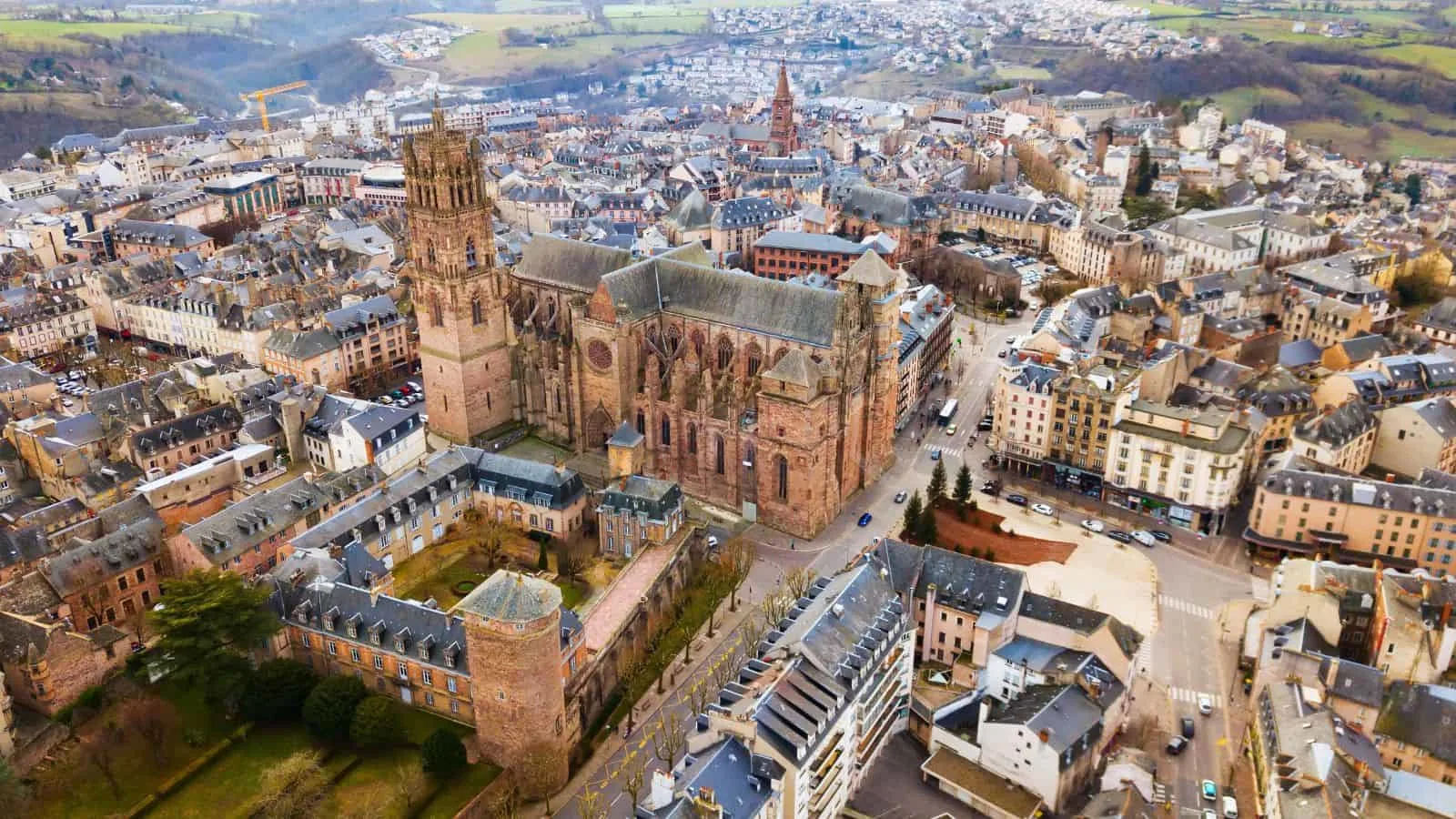
Built in 1277, the cathédrale Notre-Dame de l’Assomption de Rodez watches over the city of Rodez. Glimpses of this Gothic cathedral can be seen from well outside the city from the road, welcoming visitors.
In contrast, the Musée Soulages, dedicated to the works of contemporary artist Pierre Soulages, is sleek and minimalist. Visit both the cathedral and the modern art museum before settling into Restaurant Hervé Busset, a Michelin-starred restaurant crafting menus around principles of wild plants, foraging, and local ingredients.
12. Lourmarin
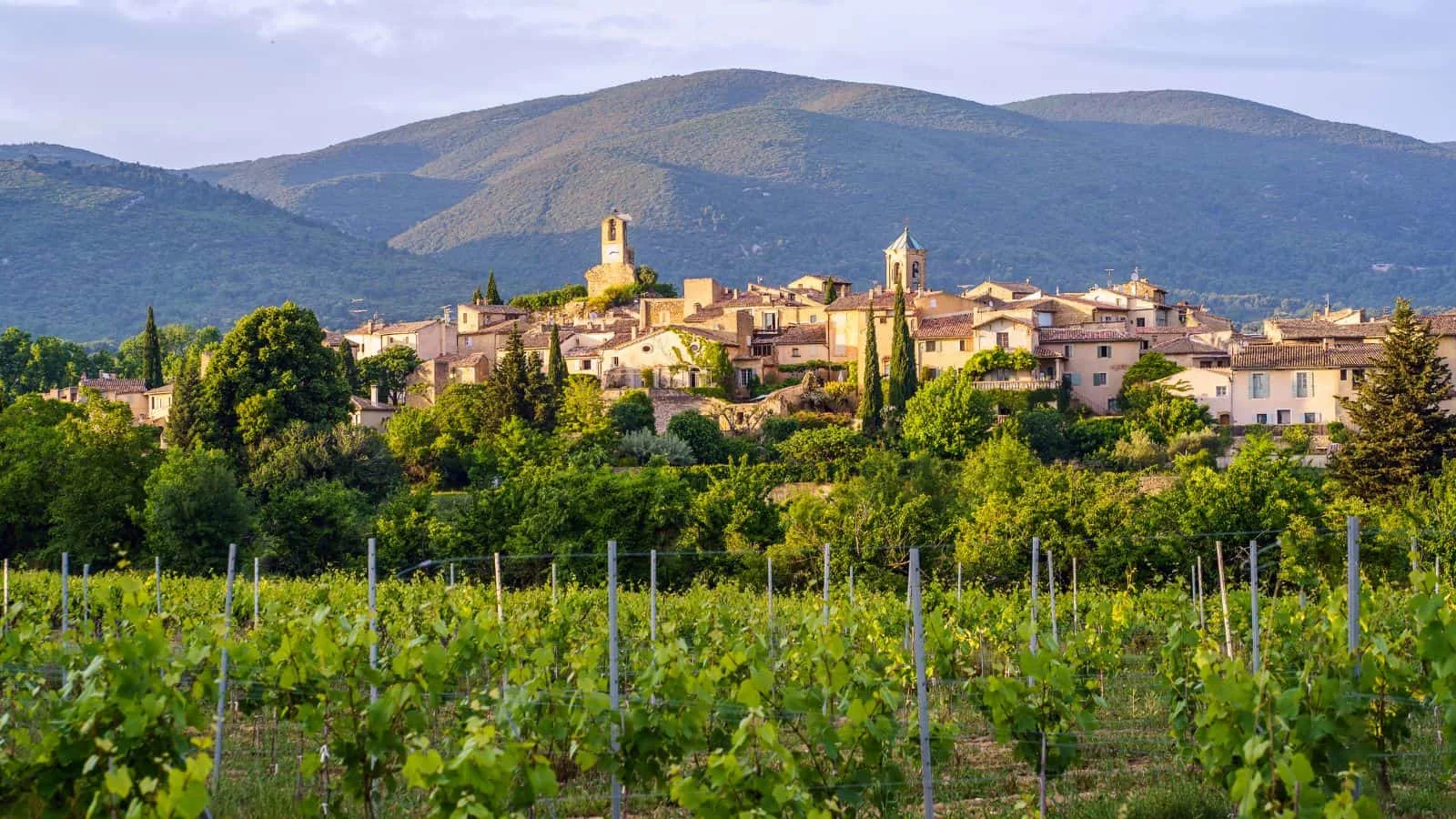
Idyllic Lourmarin is easily one of the prettiest villages in Provence. Lavender fills the air in late June and early July, its aroma winding its way around sand-colored buildings draped in honeysuckle vines.
The Château de Lourmarin is one of the town’s most beautiful landmarks. Built in the 12th century as a fortress and converted in the 15th century to a castle, the property features large living rooms and lots of green space. Surrounding Lourmarin, the Luberon Regional Park offers excellent hiking and biking trails, and the local vineyards provide opportunities for wine tasting.
13. Besançon
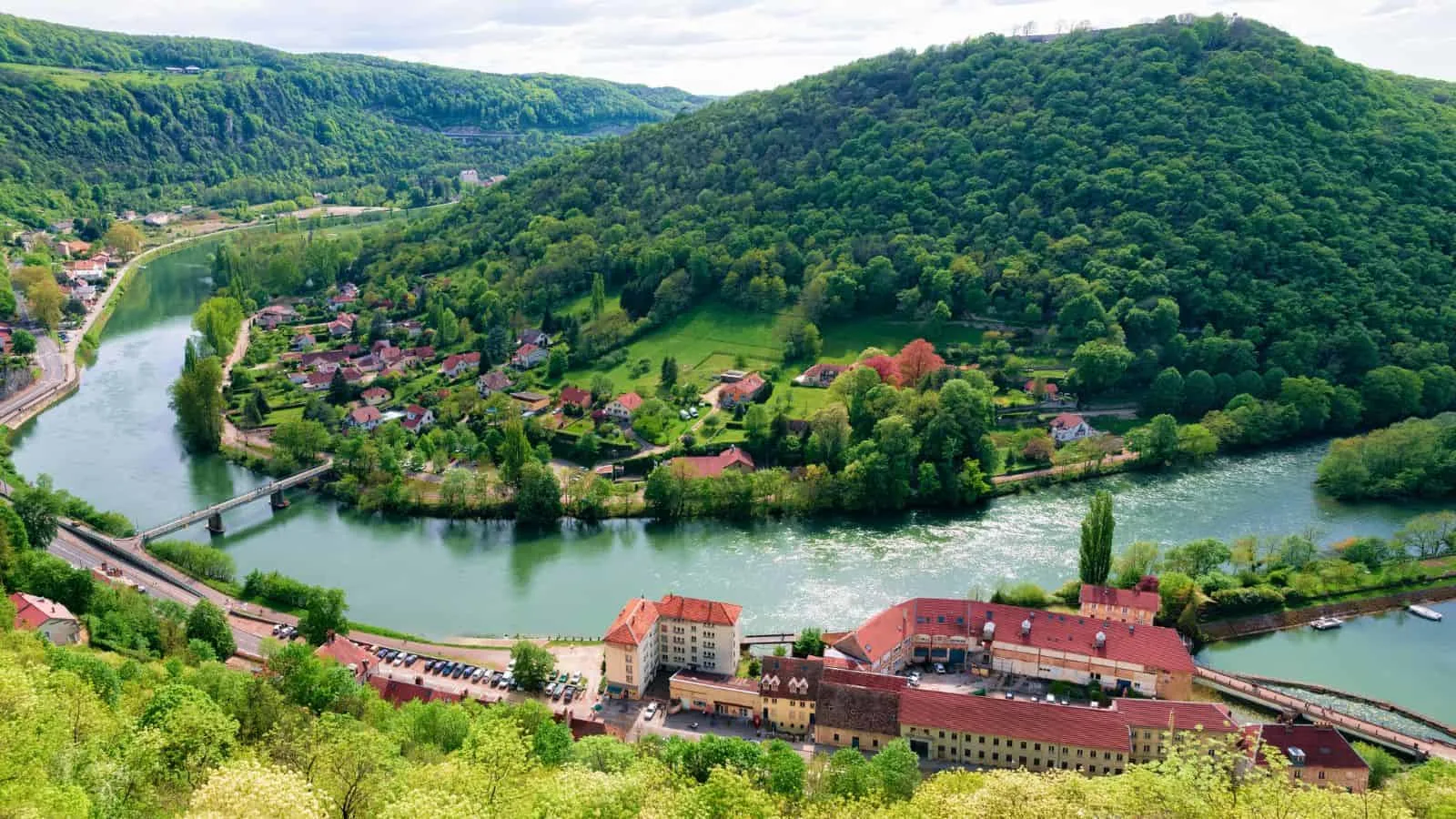
Tucked in a horseshoe-shaped bend on the Doubs River near the border of Switzerland is Besançon, a historic city just two hours from Paris by train. Visit the Citadel of Besançon, a UNESCO World Heritage Site, and explore the Musée des Beaux-Arts et d’Archéologie, which houses an impressive collection of art and artifacts.
Step into Besançon Cathedral to see the Horloge Astronomique (Astronomical clock). Composed of over 30,000 pieces, this clock features 57 dials and 11 movements, displaying the time for 17 different locations at once.
14. Perpignan
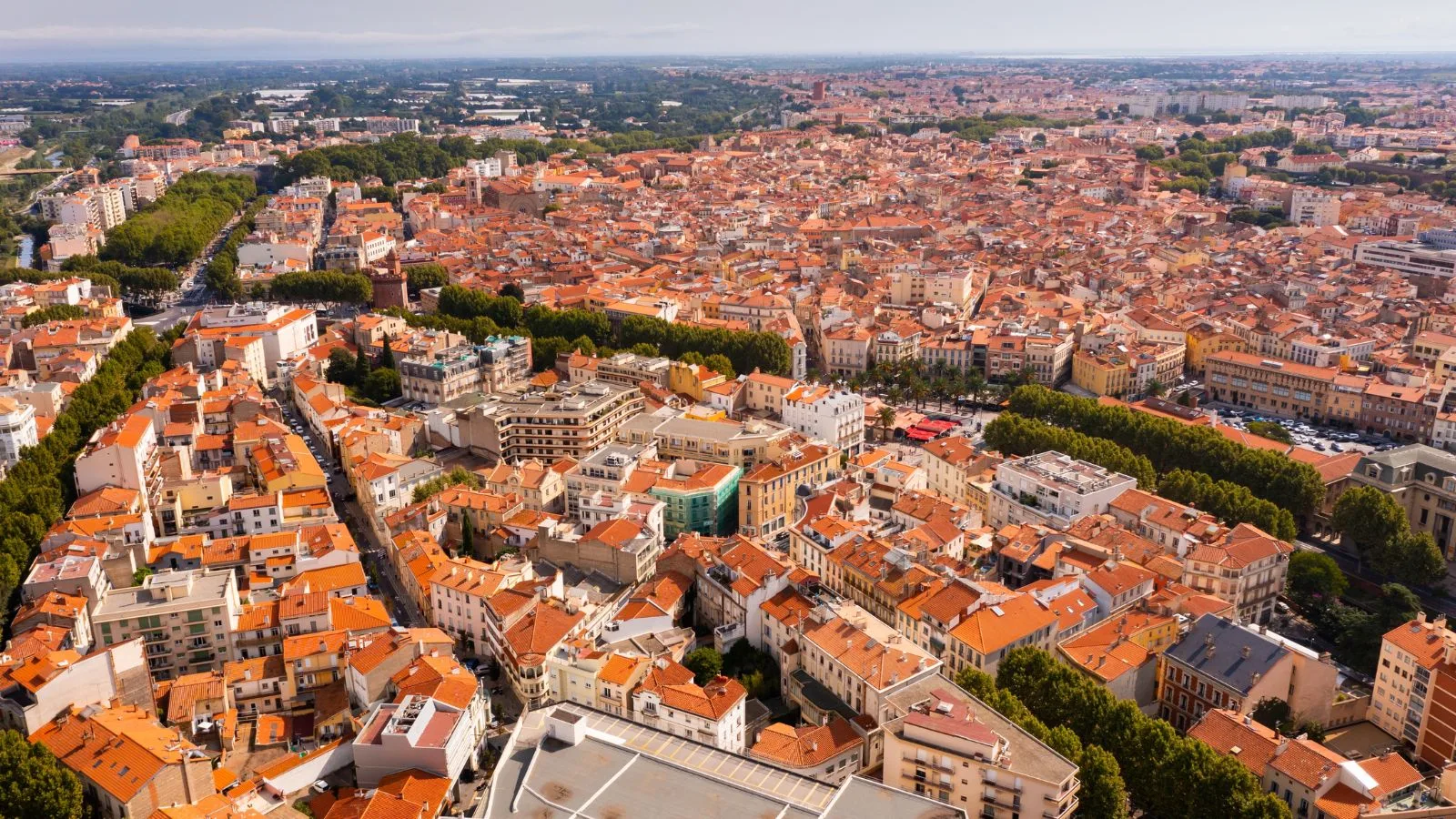
French and Catalan cultures come together in Perpignan, a town near the Spanish border. Perpignan has a royal history, as demonstrated by the Palais des Rois de Majorque, a Gothic fortress that once housed the Kings of Majorca.
The Castillet, built in the 14th century, was once the main gate to the city and a former prison. For €2 you can walk its walls. After, spend a day by the sea at the nearby Canet-en-Roussillon beach.
15. Bayeux
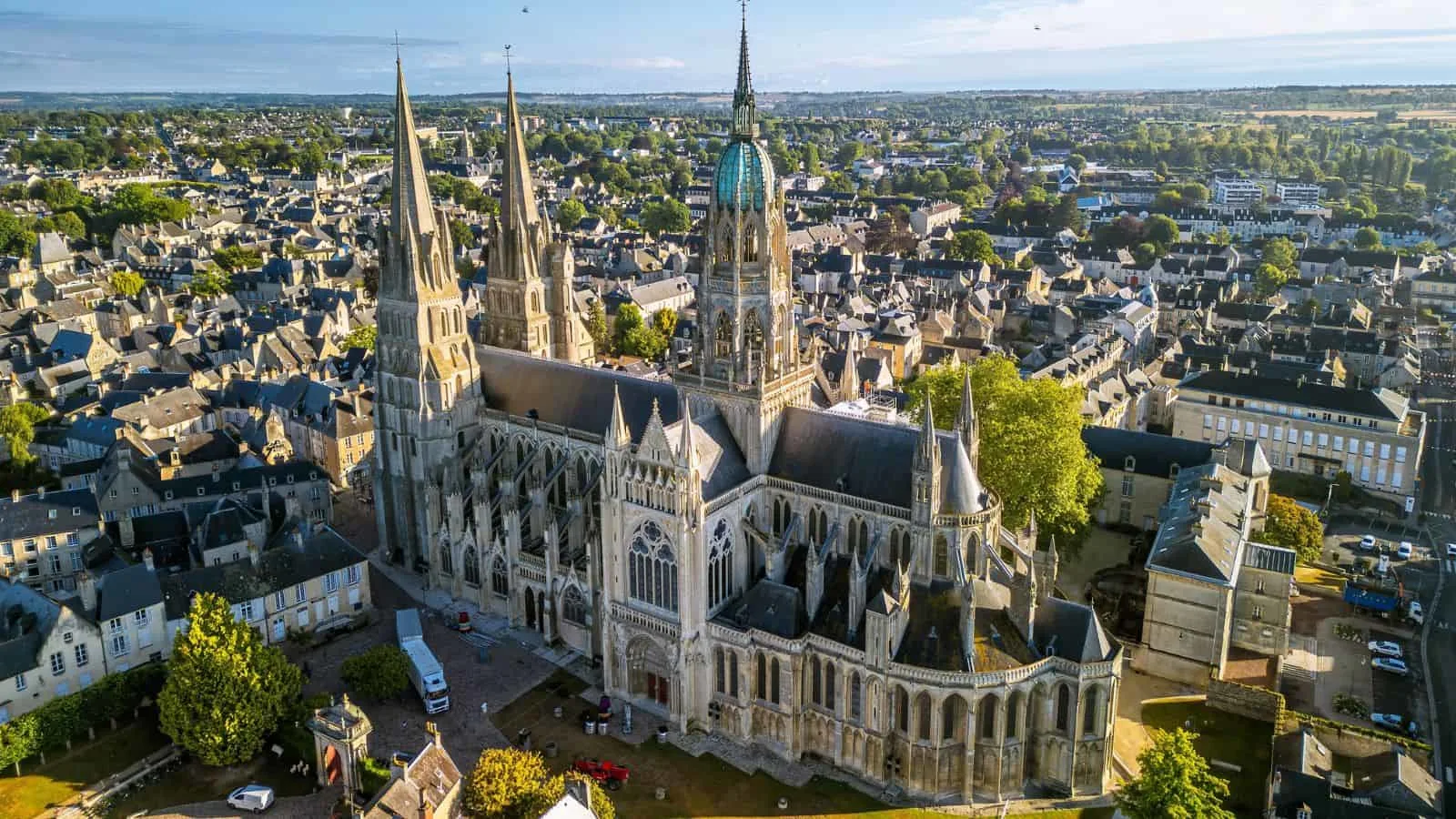
Bayeux is an ideal base for visiting D-Day landmarks in Normandy, but proximity aside, it is a beautiful, worthwhile visit on its own. Visit the Bayeux Tapestry Museum to see the Tapisserie de Bayeux, an 11th-century, 70-meter-long embroidered tapestry depicting the Norman Conquest of England. Keep walking to reach the Cathédrale Notre-Dame de Bayeux, a stunning example of Norman Gothic architecture and the presumed original home of the tapestry.
From Bayeux, D-Day beaches such as Gold Beach are all within a 20- —to 45-minute drive. Though France has extensive public transportation, the Normandy region is tricky to navigate without a car. Renting a car to visit historic sites is strongly recommended.
16. Troyes
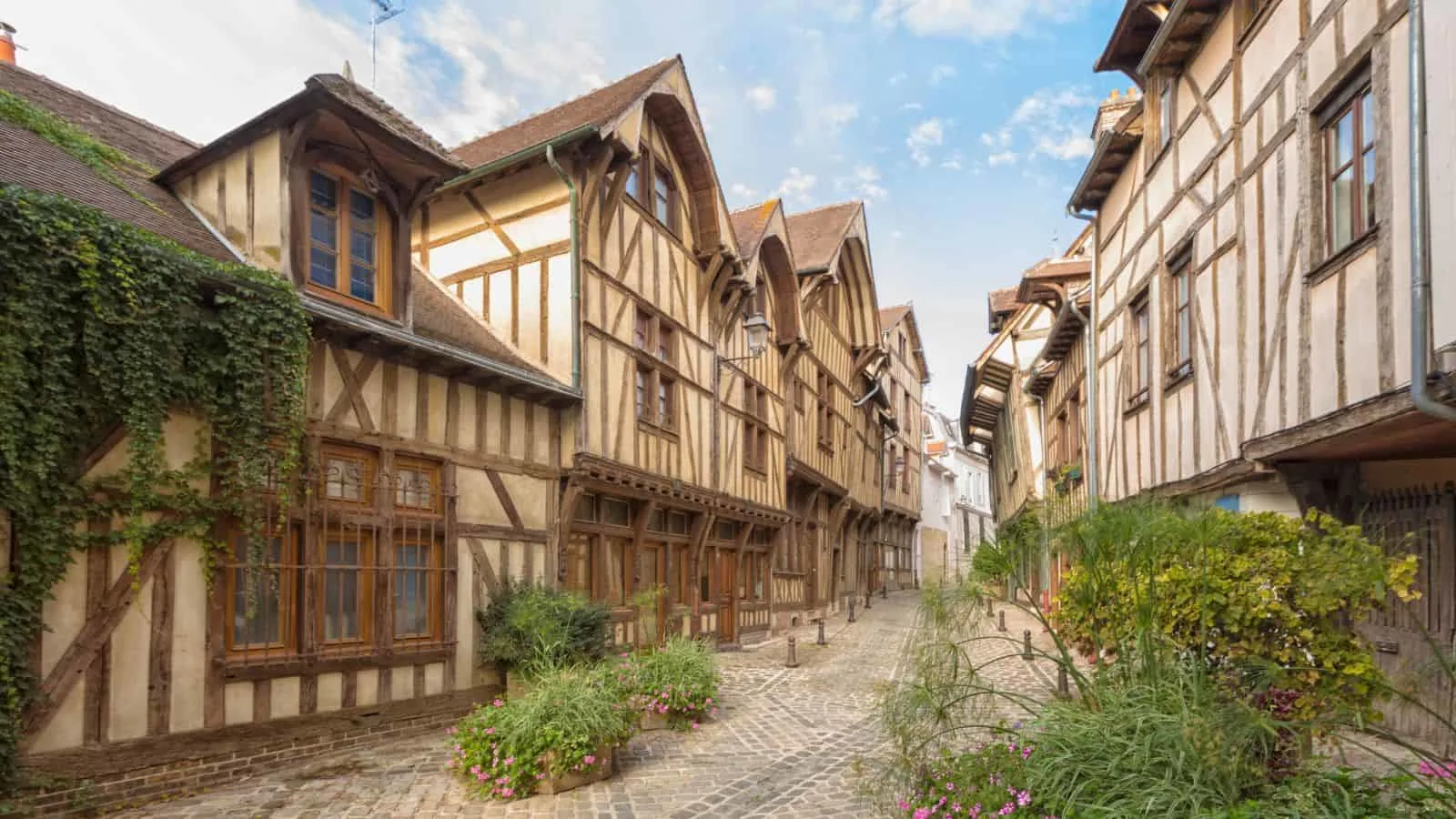
Troyes, capital of the Aube department in France’s Champagne region is known for vivid color, both from the painted half-timbered houses that line its Old Town and the large amount of stained glass seen around the city at landmarks like the Troyes Cathedral. Approximately 40% of the world’s stained glass windows, and 50% of the stained glass windows in France are found in the Aube department, according to Troyes La Champagne Tourism.
There are two main museums in Troyes: the Musée des Beaux-Arts de Troyes and the Musée d’Art Moderne. Housed in a former abbey and episcopal palace, respectively, the Musée des Beaux-Arts houses classical works while the Musée d’Art Moderne is a home for contemporary art.
17. Uzès
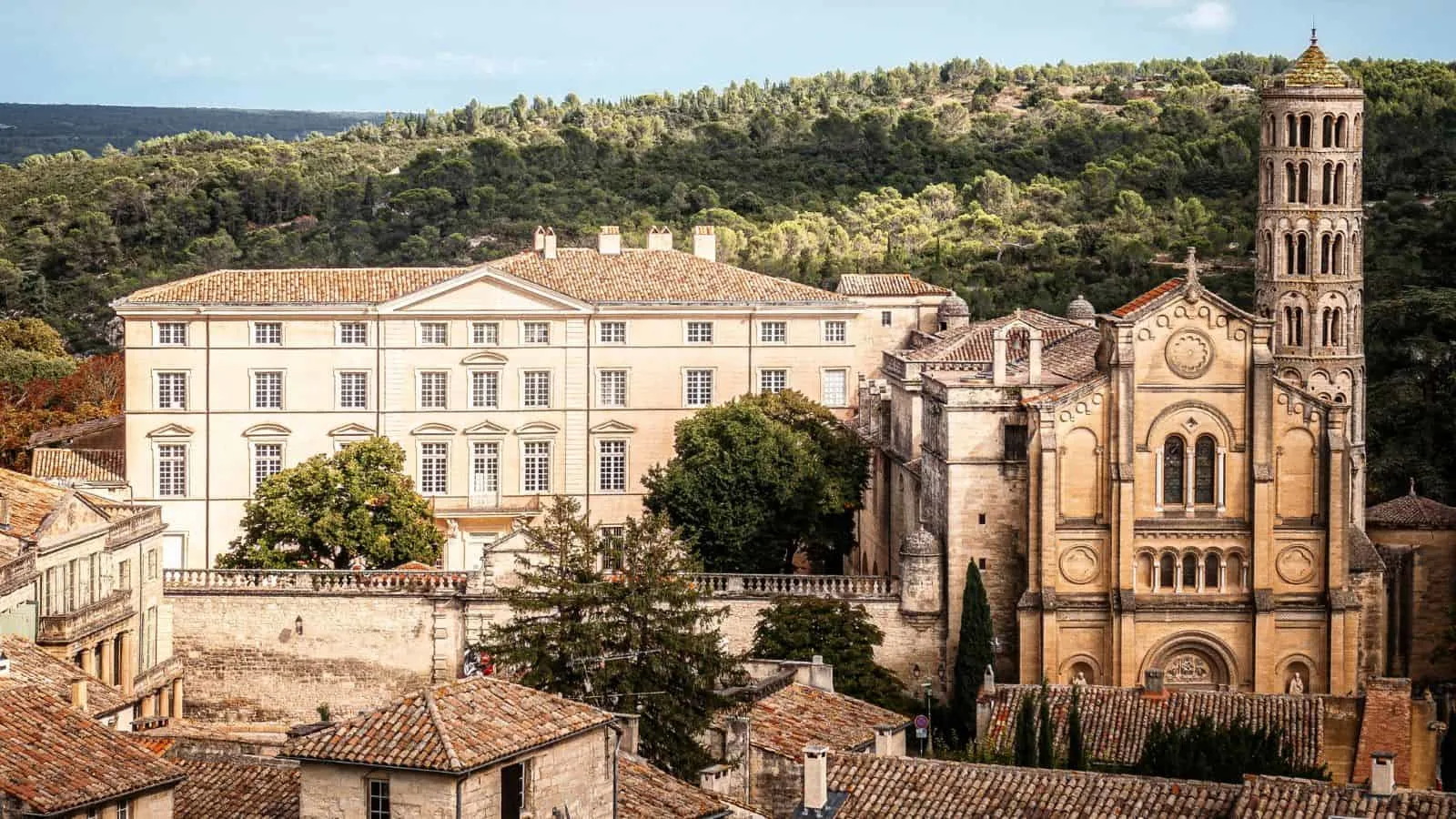
25 kilometers from Nîme is Uzès. In 1565, this city became the first dukedom in the country. The Duke of Uzès still lives in the Duchy of Uzès, which is now open to tourists.
Cut out of limestone, the town’s city center, anchored by the Place aux Herbes, is enchanting, enhanced by its car-free protocol. During warmer months, swim or canoe under the Pont du Gard, a stunning Roman aqueduct and UNESCO World Heritage Site, and ensure you stay until Saturday to shop at the weekly market.
18. Blois
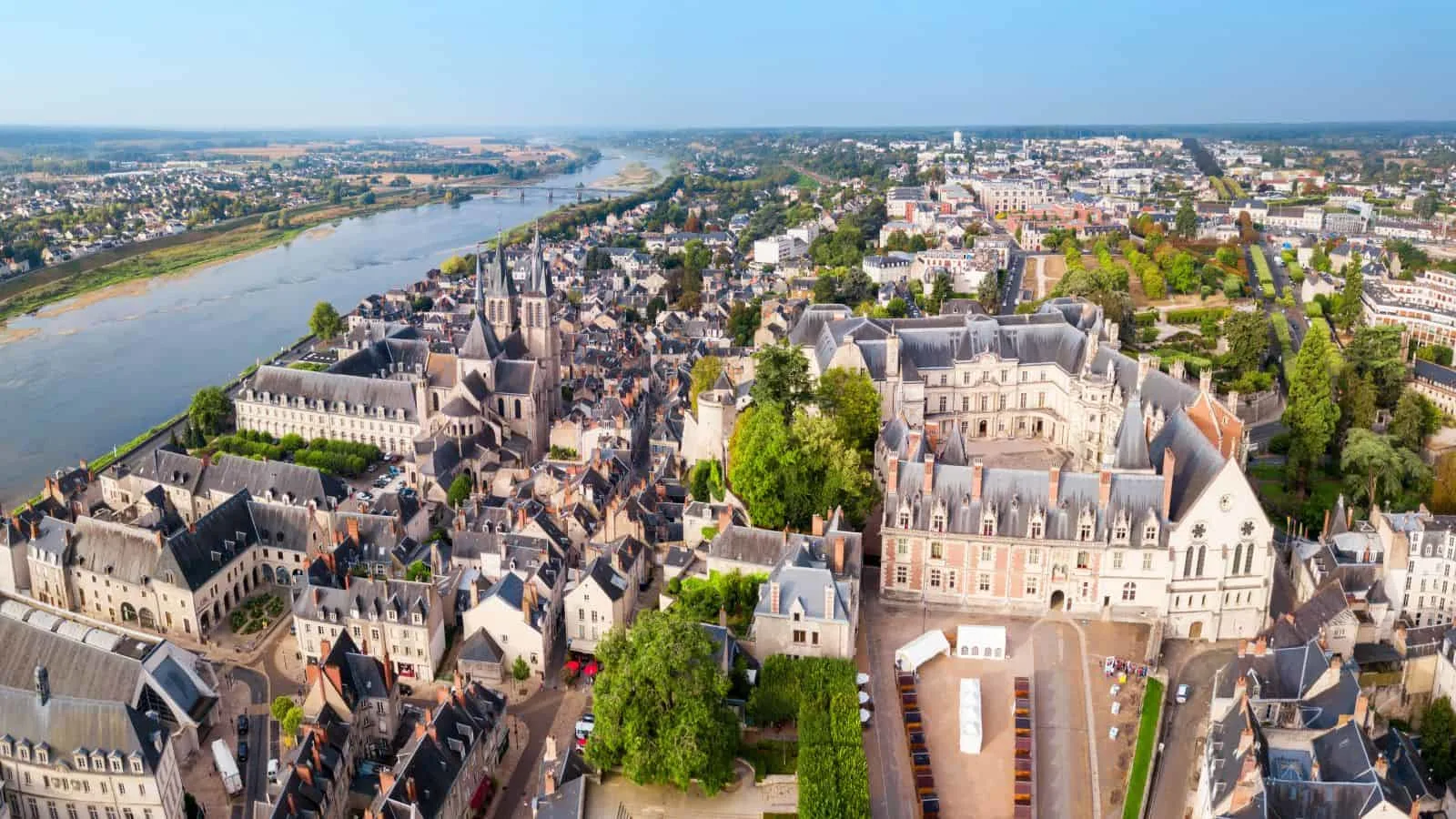
Before Harry Houdini came along, there was Jean-Eugène Robert-Houdin. Credited as the father of modern magic, the French watchmaker, magician, and illusionist’s life and work are chronicled at the La Maison de la Magie Robert-Houdin in Blois, which also hosts live performances.
Outside of its mystical history, Blois is a lovely city in the Loire Valley. Set aside time to visit the Château de Blois, a royal palace with Gothic, Renaissance, and Classical elements. Now a museum, the château displays more than 1,000 of its 35,000-piece collection at any given time.
19. Narbonne
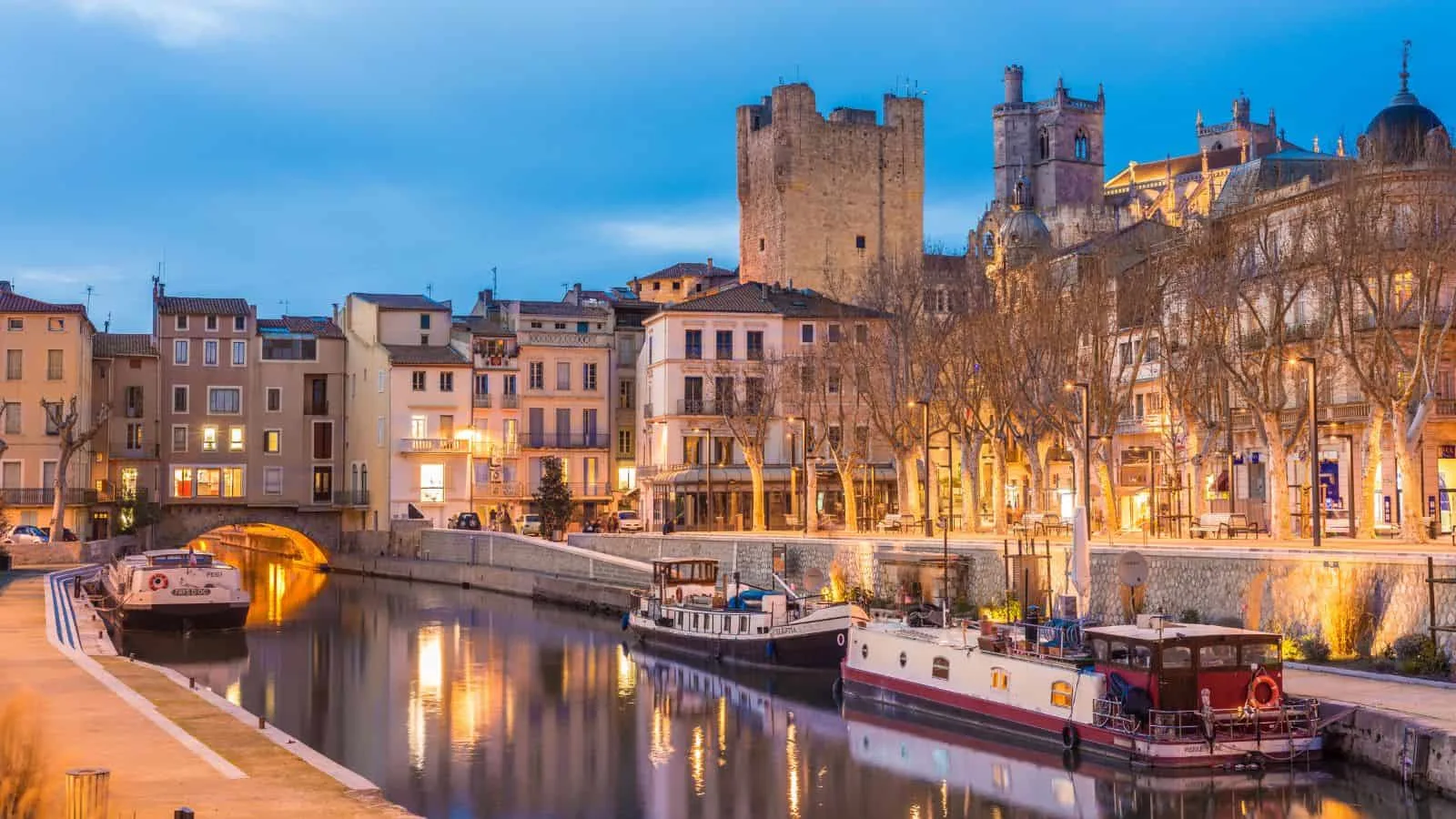
The most interesting thing to do in Narbonne might be to get underneath it. Underneath the ancient city is the Horreum, a maze of abandoned warehouses left behind from Narbonne’s days as a Roman port.
Above ground, the Palais-Musée des Archevêques shows off archaeology and art, while the Cathedral of Saint-Just et Saint-Pasteur is a never-finished cathedral with a surprising sense of macabre. After sightseeing, go to Les Halles de Narbonne for fresh seafood, charcuterie, and patisserie.
20. Conques
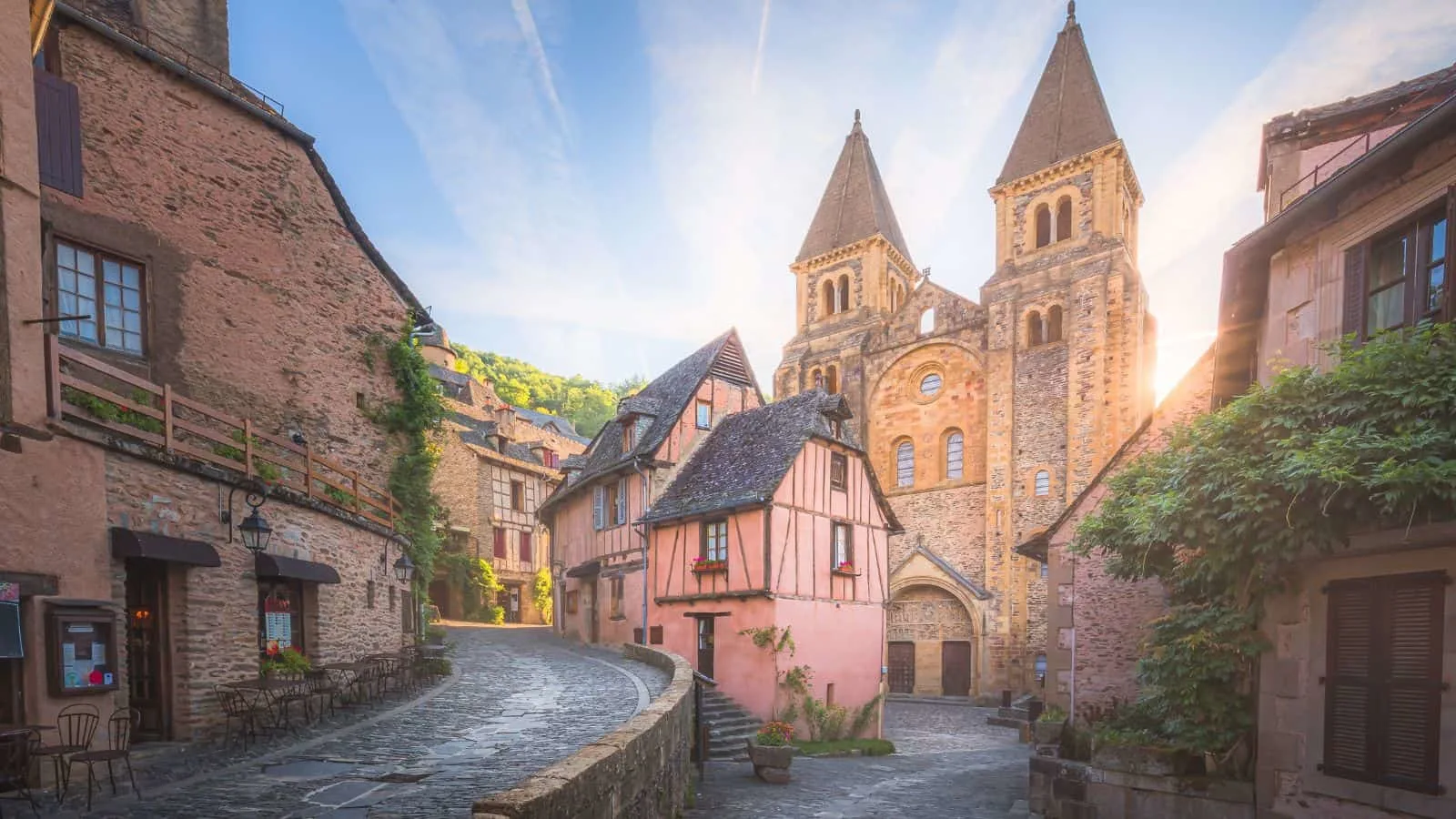
A small village on the pilgrimage to Santiago de Compostela, Conques is shockingly little-known despite its beauty and prime route positioning in the Aveyron department of the Midi-Pyrénées region.
Should you choose to stop in Conques, visit the Sainte-Foy Abbey Church, a UNESCO World Heritage Site with stunning stained glass windows. Despite Conque’s medieval feel, the Les Chambres de Lumière is a distinctly modern museum. This museum features sculptures and installations entirely made of twinkling lights.
Looking for Paris without the price tag or crowds?
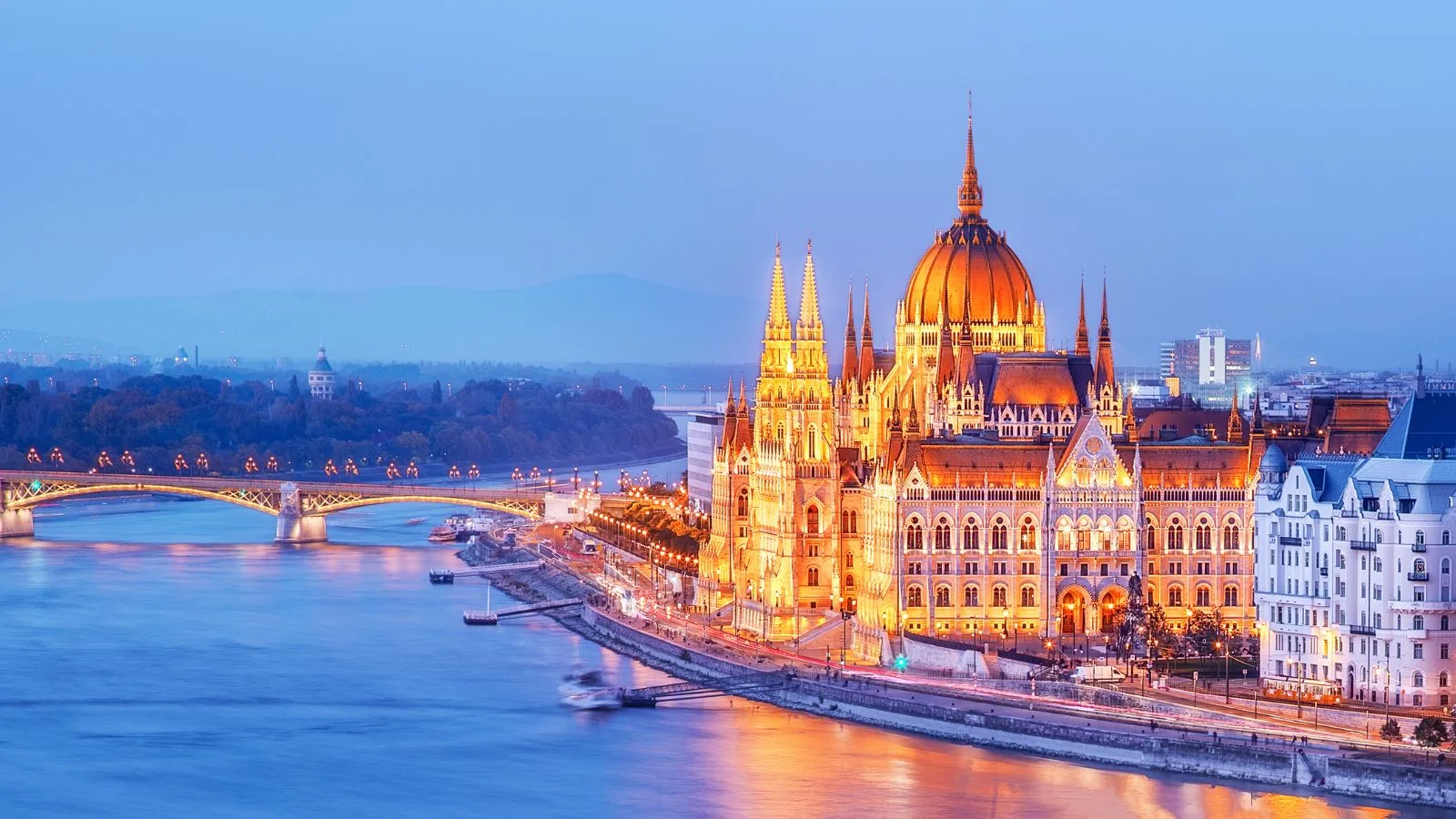
There are several cities around the world that have similar architecture to the City of Lights without its expensive price tag or with fewer tourists.
Skip Paris, 16 Similar Cities That Offer Everything and More
These are the most dangerous countries in Europe, according to the State Department
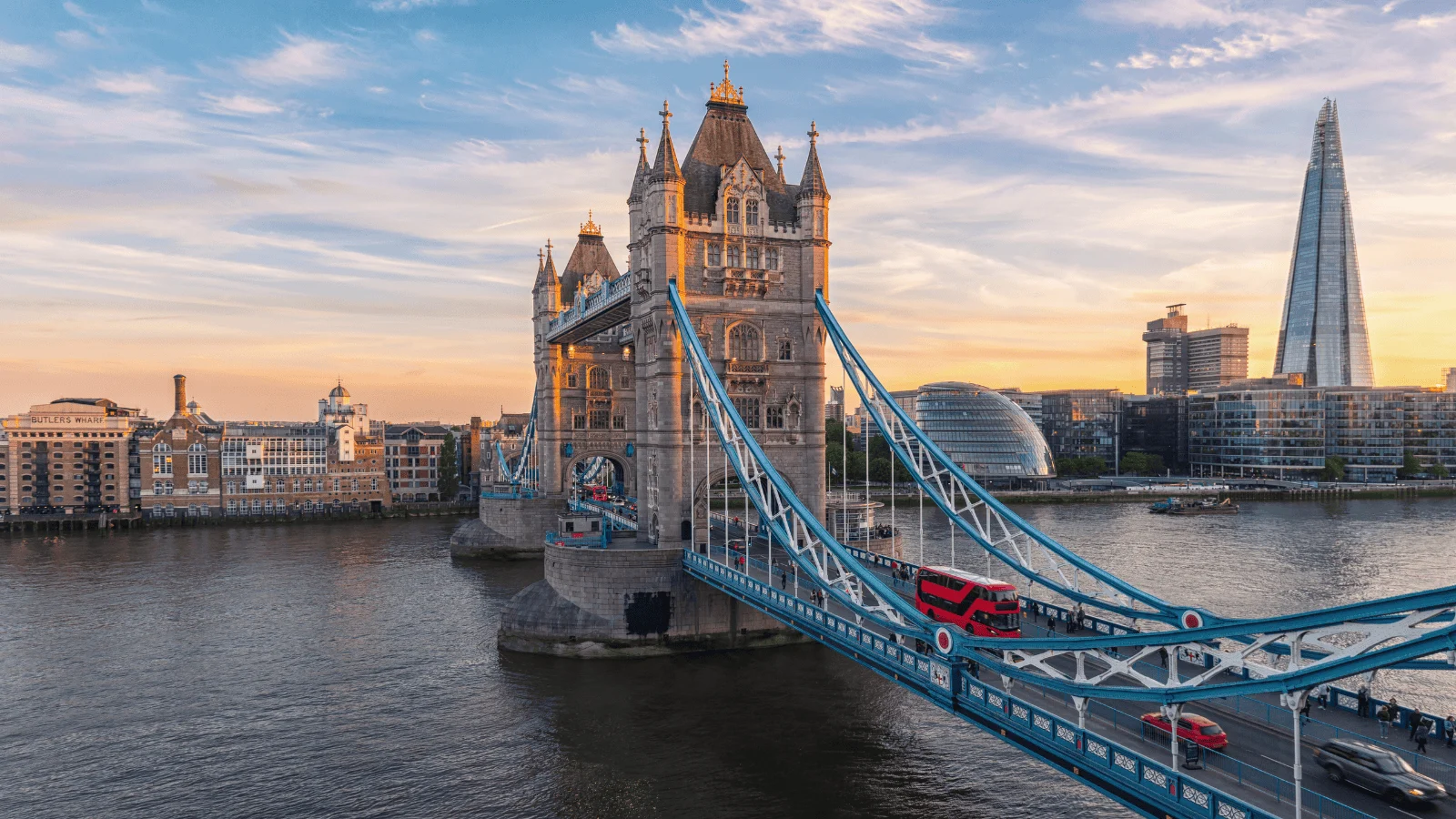
Are Europe’s most popular destinations actually as safe as they seem to be? Here’s what the United States Department of State thinks.
13 Surprising European Countries with Travel Warnings

Elise Armitage is an entrepreneur and founder of What The Fab, a travel + lifestyle blog based in California. At the beginning of 2019, Elise left her corporate job at Google to chase her dreams: being an entrepreneur and helping women find fabulous in the everyday. Since then, she’s launched her SEO course Six-Figure SEO, where she teaches bloggers how to create a passive revenue stream from their website using SEO. Featured in publications like Forbes, Elle, HerMoney, and Real Simple, Elise is a firm believer that you can be of both substance and style.



